SUMMARY
This is AI generated summarization, which may have errors. For context, always refer to the full article.
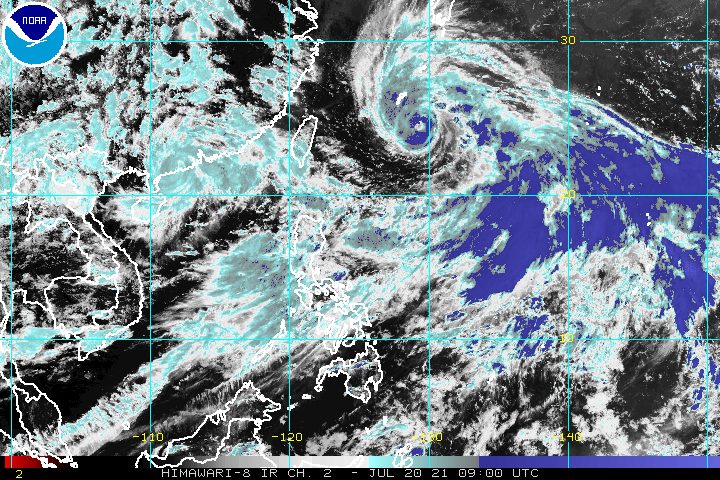
Fabian (In-fa) strengthened from a severe tropical storm into a typhoon at 2 pm on Tuesday, July 20, while the enhanced southwest monsoon or hanging habagat dumped more rain, mainly in Luzon.
The Philippine Atmospheric, Geophysical, and Astronomical Services Administration (PAGASA) said in a bulletin issued 5 pm on Tuesday that Fabian now has maximum sustained winds of 120 kilometers per hour and gustiness of up to 150 km/h.
The typhoon was located 895 kilometers east northeast of extreme Northern Luzon, moving west northwest at 15 km/h. (READ: FAST FACTS: Tropical cyclones, rainfall advisories)
While Fabian is not expected to to make landfall in the Philippines, Signal No. 1 could be raised in Batanes and Babuyan Islands as strong winds extend outwards up to 600 kilometers from the center of the typhoon.
Fabian and Typhoon Cempaka, which is outside the Philippine Area of Responsibility (PAR) at 985 kilometers west of extreme Northern Luzon, will also continue to enhance the southwest monsoon.
Monsoon rain, moderate to heavy at times, is being experienced in these regions and provinces in Luzon:
- Metro Manila
- Ilocos Region
- Cordillera Administrative Region
- Batanes
- Babuyan Islands
- Zambales
- Bataan
- Pampanga
- Bulacan
- Cavite
- Batangas
- Occidental Mindoro
- northern part of Palawan including Calamian Islands
Scattered rain and thunderstorms are also hitting the following areas:
- rest of Mimaropa
- rest of Calabarzon
- rest of Cagayan Valley
- Western Visayas
PAGASA advised areas affected by the southwest monsoon to watch out for possible flash floods and landslides.
The southwest monsoon will keep causing rough to very rough seas as well, making travel risky for small vessels. Waves will be 2.5 to 4.5 meters high in these seaboards:
- seaboards of Batanes
- northern seaboard of Cagayan (including Babuyan Islands)
- western seaboard of Palawan (including Kalayaan and Calamian Islands) and Occidental Mindoro (including Lubang Islands)
PAGASA said Fabian will generally move west until Friday, July 23.
The typhoon could pass close to or make landfall in Japan’s Yaeyama, Miyako, and Senkaku Islands on Thursday, July 22. It is also projected to reach its peak intensity of 155 km/h on Thursday evening or early Friday morning.
By Friday evening or early Saturday morning, July 24, Fabian may make landfall in the northern part of Taiwan, where the rugged terrain could cause the typhoon to gradually weaken. Around this time, too, the typhoon may finally leave PAR.
After its exit, Fabian might make another landfall in the southeastern part of mainland China on Saturday evening or early Sunday morning, July 25. “Rapid weakening post-landfall over mainland China is expected beginning on Saturday evening,” added PAGASA.

Fabian is the Philippines’ sixth tropical cyclone for 2021 and the second for July.
An average of 20 tropical cyclones form within or enter PAR each year. (READ: LIST: PAGASA’s names for tropical cyclones in 2021)
For the rest of 2021, these are PAGASA’s estimates per month:
- July – 1 to 3
- August – 2 or 3
- September – 2 or 3
- October – 2 or 3
- November – 2 or 3
- December – 1 or 2
The rainy season has been underway since early June. – Rappler.com
Add a comment
How does this make you feel?





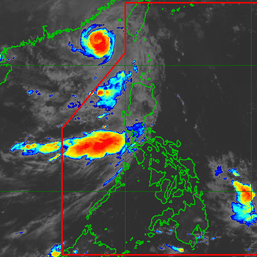
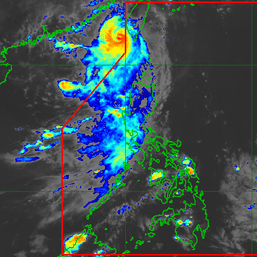
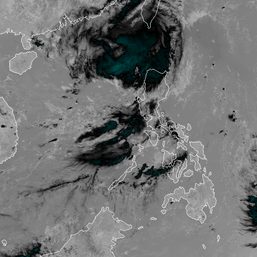
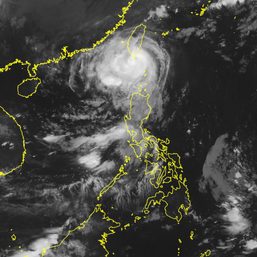
There are no comments yet. Add your comment to start the conversation.